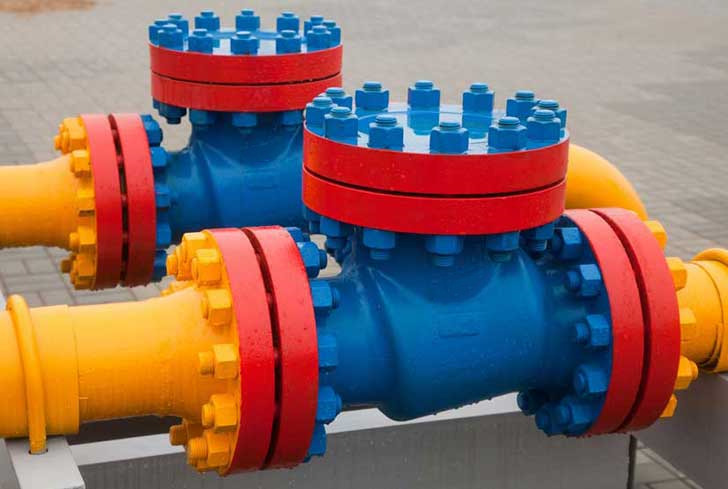The fountain pump check valve is your first line of defense against backflow that could result in water hammer, a severe and often fatal pressure spike.
These valves are commonly found in drinking water distribution systems and treatment plants. They’re also useful for applications that would benefit from preventing backflow, such as centrifugal pumps that don’t self-prime.
Functions of the Fountain Pump Check Valve
Check valves come in various types and function to hold water within a system while also stopping it from flowing backward when the pump shuts off.
Check valves are especially essential in pumping systems with long pipe lengths and gravity-fed bio-filters. Generally, they are installed on the suction line directly before the filter pump.
- Backflow Protection
Check valves help prevent backflow by minimizing the potential risks of backspin, up-thrust, and water hammer. They come in either brass or plastic, depending on what your piping system requires.
Backflow prevention devices provide protection for your plumbing system against cross-connections with your city’s drinking water supply. Two primary types are Double-Check Valve Assembly (DCVA) or Reduced Pressure Zone Assembly (RPZ)–whichever is required by your local water authority based on the degree of risk posed by your water system.
- Flow Control
A check valve is a type of directional control valve that permits flow in one direction and prevents it from flowing in the opposite direction. They’re commonly installed at pumps to maintain prime or protect them from backflow when they stop working.
Check valves come in a range of materials, such as ductile iron, bronze, and polyvinyl chloride (PVC). Their selection is important for several reasons; however, their performance and lifespan depend on the application.
When selecting a check valve for your system, flow capacity, positioning, and orientation are all important considerations. A check valve that’s too large may open and close repeatedly, leading to flutter or even failure in some instances.
- Pressure Control
A check valve is necessary for most pumping applications, such as water and wastewater systems. This type of valve prevents water from backflowing into a system that wasn’t intended to receive it.
A typical check valve relies on gravity, spring-assisted force, and reverse flow to close completely. This leaves the valve vulnerable to slamming shut when the pump is turned off.
Water hammers are pressure or shock waves caused by overzealous irrigation. To avoid them, install a non-slam check valve on each line to minimize potential damage.
- Energy Savings
One of the essential valves in pumping systems is a check valve. This device enables pumps to open while they’re running and close them when not, helping minimize energy consumption and protecting your system from pressure surges or reverse flow.
It’s essential to know that check valves protect your pump from water hammer or the sudden dissipation of kinetic energy when water enters your plumbing system. This can create high-pressure shock waves which travel through pipes and damage pumps.
XINTAI has an excellent scientific research team and a strong product development capacity. XINTAI is the leader in the valve industry. XINTAI Valves provides valves and other products for a wide variety of applications. Our valves and piping systems are designed to meet industry standards for safety, durability, and performance. We also offer a full line of specialized gate valves, such as Ram and Annular Blow Out Preventers, Pulsation Dampers, Expanding Gate Valves, and FC Type Valves.










